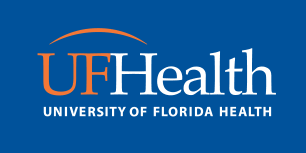
In a instant news email the Myotonic Dystrophy Foundation (MDF) released information that the Ionis Pharmaceutical Drug DMPK-2.5Rx research project has been canceled. The drug DMPK-2.5Rx did not work, and did not get the correct amount of therapeutic drugs into the cells of the patients with myotonic dystrophy. The company may still continue research on a more potent combination but the current trial is halted.
This is hard to hear news for the myotonic community. This is the second drug in development to fail. This new drug is part of a number of new generation of interest drugs in trying to find a drug to treat the disease. There are still a number of drugs in development but the Ionis one was the most advanced. Perhaps the information in this trial will be of help to the other drugs in development. For those in the late stages of the disease the length of time to find a treatment that is FDA approved in unlikely now.
There continues to be some “off label” treatments including erythromycin and some NSAIDS as well as Actinomycin-D but none have had any proven human effect.
More information below.
Ionis Pharmaceuticals Reports on
DMPKRx Phase 1/2 Clinical Trial
|
Ionis Pharmaceuticals recently concluded a Phase 1/2 clinical trial to evaluate IONIS-DMPK-2.5Rx in myotonic dystrophy patients. IONIS-DMPK-2.5Rx was designed to target the toxic DMPK RNA in muscle that is responsible for myotonia or muscle dysfunction in DM1 patients. The clinical trial used dose escalation to assess safety and explore biomarkers for target engagement in muscle biopsies.
Ionis reports that small but encouraging trends in biomarker and splicing changes were observed during the trial, and that this study provided a much better understanding of how future clinical trials and improved clinical endpoints may be used. However, drug levels measured in biopsy tissue from trial participants indicated that the amount of target engagement would not achieve the desired therapeutic benefit to treat this disease.
Without the desired drug levels in muscle, Ionis has decided not to advance IONIS-DMPK-2.5Rx. It will instead pursue the discovery of a more potent drug to target DMPK using new muscle-targeting LICA chemistry made at Ionis.
The company sincerely thanks everyone in the DM community that participated in the study – patients, caregivers and physicians, noting, “we are committed to the DM patient community and we hope to advance a new, more potent drug into development that will benefit people living with DM1.”
Ionis invites DM community members to submit questions regarding the above announcement via this email address. MDF will collect questions through January 12th and then work with Ionis to get answers out to the community as soon as possible. |
|


